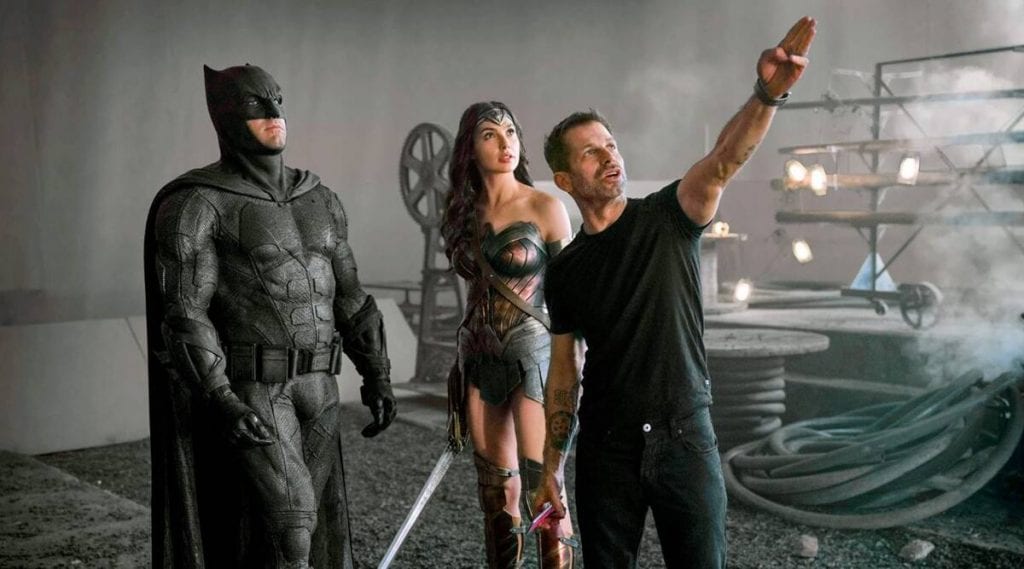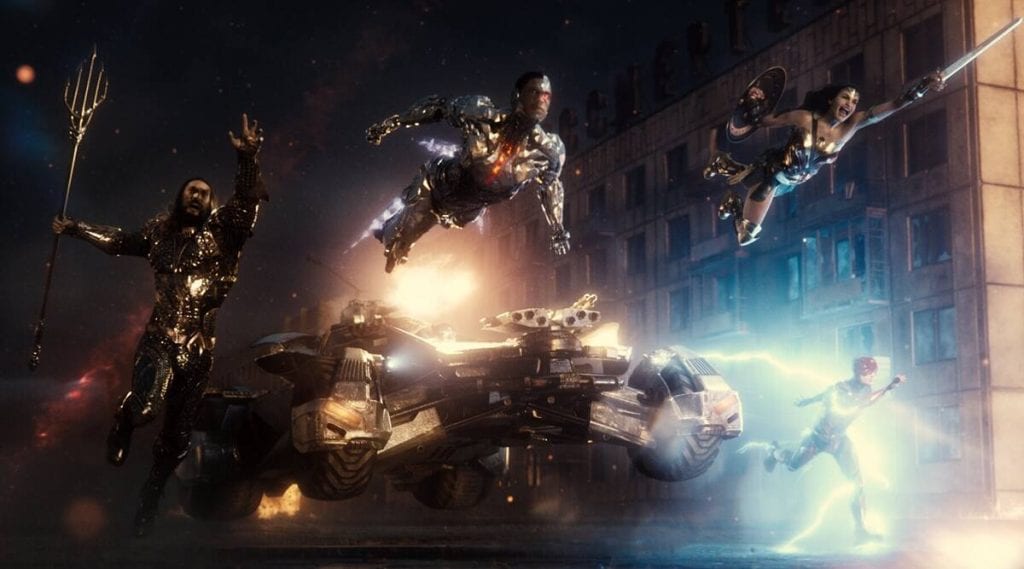Crafting an interconnected cinematic universe spread across multiple films and franchises is no simple task. Following the record-breaking success of Marvel Studios' Marvel Cinematic Universe, which ushered in a new age for the superhero genre, many other attempted to launch their own mega-franchises. The results often weren't so stellar, for example, Universal's attempt at a classic movie monster "Dark Universe" was completely abandoned after only a single film, 2017's critically-panned The Mummy. In fact, the only real competitor for the MCU has been Warner Bros.' DC Extended Universe, which looked to bring together some of the biggest superheroes of all time such as Batman, Superman, Wonder Woman, and more. Even so, the DCEU faced a number of its own obstacles.
If the MCU proved anything, it's that you need a somewhat singular vision at the helm of such a massive project; someone to steer the ship, even through various different directors and writers and characters. Marvel's captain has always been producer Kevin Feige, who has helped the films maintain a consistent tone, image and direction. For DC, filmmaker Zack Snyder - the visionary behind Dawn of the Dead, 300, Watchmen, and Sucker Punch - has been their leader. Snyder kicked off the DCEU with 2013's Man of Steel and its followup, 2016's Batman v Superman: Dawn of Justice, which brought a bit of a darker and more self-serious tone and attitude to DC's colorful roster of heroes. He also produced all of the other films set in the universe, like Suicide Squad, Wonder Woman, and Aquaman, in order to keep its unique visual style as bet as he could.

2017's Justice League was intended to be the culmination of DC's efforts up to that point - the action-packed end of its first act (or "phase" as the MCU calls it) that would see all of the major heroes introduced thus far united to defeat a powerful enemy that none could handle alone. But in the middle of production, Snyder's family was suddenly struck by tragedy, and the director decided to leave the film in order to properly grieve. This obviously left things in a bit of a scramble, so Warner Bros. brought in Joss Whedon, who had helmed Marvel's first two Avengers movies, to complete the movie while also bringing in the elements that helped The Avengers see such great success. But Whedon's brand of bright, poppy fun and humor clashed with the established, grittier tone of the universe's prior entries, leading to the film being both a critical and box office disappointment.
Many fans felt robbed of the experience they were promised and were desperate to see Snyder's original vision restored, so a dedicated faction of them began a long-shot campaign for Warner Bros. to release what became known as "The Snyder Cut". Online petitions and extravagant stunts were launched in order to garner attention to the cause, and social media became flooded with rabid fans demanding that Snyder be allowed to finish his magnum opus. After three years of pushing, their persistence finally ran out. With over $70 million spent on shooting new footage and completing a large number of visual effects, Zack Snyder's Justice League is finally here, releasing onto HBO Max with a staggering four hour runtime. The fact that it exists is a minor miracle in itself.
The movie itself is everything that Snyder has become know for amplified tenfold. Hyper-focused visuals, slow motion action scene after slow motion action scene, and a grim seriousness that rarely allows itself to crack a joke are all prevalent. Snyder's vision for superheroes has always been to maximize how they're viewed as larger than life, mythical beings bordering on godhood, as opposed to Marvel's presentation that offers much more levity and family fun. With such a lengthy runtime, these distinctive visual flairs and style can sometimes skirt dangerously close to the edge of self-parody (especially when it comes to the constant slo-mo), but fans will likely find this to all be part of its charm.
The plot remains largely the same as the 2017 version: Following the death of Superman (Henry Cavill), a hulking and murderous alien named Steppenwolf (Ciarán Hinds) arrives on Earth in search of the magical and powerful Mother Boxes. It will take a number of notable heroes to stop him, so Batman (Ben Affleck) attempts to assemble a team in order to fight the menace. Wonder Woman (Gal Gadot), The Flash (Ezra Miller), Aquaman (Jason Momoa), Cyborg (Ray Fisher), and others are brought together in a massive and epic clash between super-powered beings to halt the end of the world as we know it.

The most notable change to this Justice League is the spotlight it puts on Cyborg, whose part in 2017 was significantly lessened. Here, he plays a far more pivotal role, and the extended length allows for us to see his entire past as an athlete and the tragic incident to leads to his superhero identity. Fisher - who has publicly renounced his treatment on the set of the 2017 film - is the heart and soul of the piece, an incredibly necessary component to a body of work that can often feel overloaded with doom and gloom and spectacle over character.
Yet Zack Snyder's Justice League is honestly full of heart - it just might be the definition of a passion project, both for the filmmaker himself and the legions of die-hard fans that helped turn this into a reality. It's doubtful that we'll ever see a phenomenon quite like it again. Snyder had obvious plans for more sequels, which all seem to have been cancelled in favor of DC's new approach of not tying their superhero franchises so closely together, but the setups for those sequels have remained intact in this film. Who knows, perhaps if enough people make enough noise about wanting them, anything could happen.
Zack Snyder's Justice League is now streaming on HBO Max.




